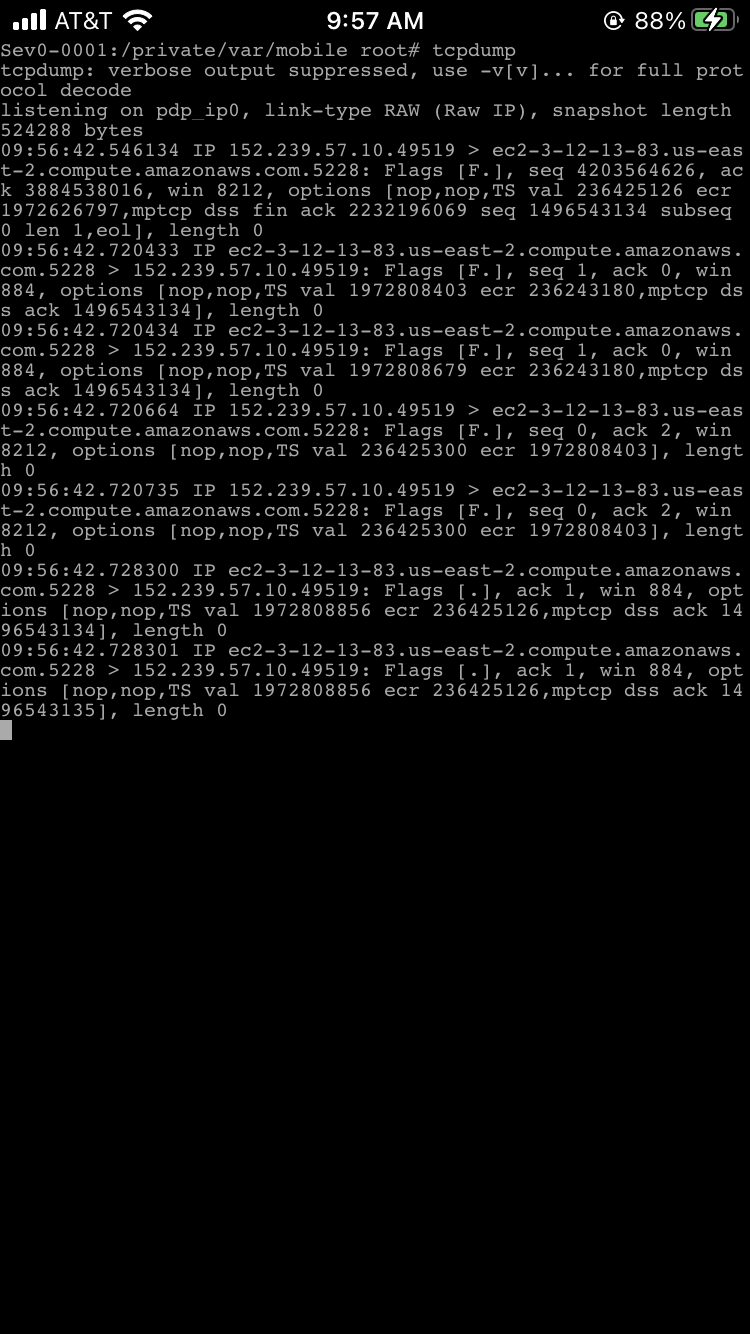General Questions About Penetration Testing
Q: What is penetration testing?
A: Penetration testing, or “pen testing,” simulates cyberattacks to uncover security vulnerabilities in systems, networks, and applications. This process helps organizations identify and fix security weaknesses before malicious actors can exploit them.
Q: Why is penetration testing important?
A: Penetration testing is crucial for increasing security posture, ensuring compliance with industry standards, and safeguarding sensitive systems and data. It provides actionable insights into potential vulnerabilities, and attempts to exploit them, allowing organizations to mitigate these discovered risks proactively; before a malicious actor does.
Q: How often should penetration testing be conducted?
A: Annual penetration tests are recommended, though testing should also occur whenever significant changes—such as software updates or new infrastructure—are introduced. Severity Zero recommends routine and continuous testing, this ensures that security is continuously maintained and any new vulnerabilities are discovered before the next annual penetration test.
Web Application Testing
Q: What is web application testing?
A: Web application testing focuses on identifying security vulnerabilities unique to web applications, like SQL injection, cross-site scripting (XSS), session management flaws, and other risks found in the OWASP Top 10. This testing is essential for websites and online platforms to maintain security and protect user data. Testing is conducted “past the login screen” or authenticated to determine vulnerabilities inside the web applications and the associated libraries, 3rd party libraries, etc.
Q: What are common vulnerabilities found in web applications?
A: Typical vulnerabilities include:
- SQL Injection: Attackers exploit database queries by injecting malicious SQL commands.
- Cross-Site Scripting (XSS): Allows attackers to execute scripts in users’ browsers, often for data theft.
- Session Hijacking: Unauthorized access to a user’s session information.
Q: What tools are used for web application testing?
A: Common tools include Burp Suite, OWASP ZAP, Metasploit, which help identify issues like insecure authentication, XSS, and sensitive data exposure.
Q: What are some vulnerabilities Severity Zero typically identifies?
A: Common vulnerabilities Severity Zero often finds include SQL injection flaws, unrestricted file uploads, and weak session management practices that expose user data to interception or unauthorized access.
Social Engineering Testing
Q: What is social engineering testing?
A: Social engineering testing assesses an organization’s vulnerability to social engineering tactics, where attackers use psychological manipulation to gain unauthorized access to information or systems.
Q: What are the different types of social engineering tests?
A: Social engineering tests include:
- Phishing: Sending deceptive emails to obtain login credentials or install malware.
- Vishing: Impersonating trusted individuals or companies over the phone.
- Baiting: Leaving infected USB drives in areas where employees might pick them up and connect them to company devices.
- Pretexting: Creating a fabricated scenario to elicit sensitive information.
Q: What tools support social engineering testing?
A: Tools such as GoPhish and SET (Social Engineer Toolkit) are often used to conduct phishing simulations, while Caller ID spoofing tools can assist in vishing simulations.
Q: What are vulnerabilities Severity Zero often finds in social engineering tests?
A: Severity Zero frequently encounters vulnerabilities in user awareness, such as high click rates on phishing links and susceptibility to impersonation, and trickery due to impulse narratives, both of which highlight the need for improved security awareness training.
Mobile Application Testing
Q: What is mobile application testing?
A: Mobile application testing identifies vulnerabilities in mobile apps on iOS and Android platforms. It ensures data security and user privacy by checking for issues such as insecure data storage and improper access controls.
Q: Why is mobile application security testing important?
A: Mobile devices often store and access sensitive data, and vulnerabilities in mobile apps can lead to serious data breaches. Testing ensures that apps follow security best practices, particularly as mobile use continues to grow, and mobile phones are increasingly targeted as we depend on them more every year. The increase in complexity has increased dependence on our mobile devices which increases the risks.
Q: What tools are used for mobile application testing?
A: One of the most common tools for this task is MobSF (Mobile Security Framework). This tool helps identify vulnerabilities such as unencrypted data storage and insecure API calls.
Q: What vulnerabilities does Severity Zero often find in mobile applications?
A: Severity Zero commonly detects insecure data storage, inadequate session expiration, and weak authentication protocols that could lead to unauthorized access and data exposure.
API Testing
Q: What is API testing?
A: API testing evaluates the security, functionality, and performance of APIs, which are crucial for enabling communication between software components. It helps prevent vulnerabilities that could lead to data leaks, unauthorized access, and other security threats.
Q: Why is API security testing crucial?
A: APIs frequently handle sensitive information and are integral to application functionality. Securing APIs protects against data breaches, unauthorized access, and other threats stemming from poor API security.
Q: What are common tools for API testing?
A: Tools such as Postman, OWASP ZAP, and Burp Suite are widely used for testing APIs for vulnerabilities like excessive data exposure, authentication issues, and weak rate limiting.
Q: What vulnerabilities does Severity Zero typically find in APIs?
A: Common vulnerabilities identified by Severity Zero include broken object-level authorization, and command injection attacks where users can access data outside their permissions, and insufficient input validation that could lead to injection attacks.
Application Security Testing (AST)
Q: What is Application Security Testing (AST)?
A: AST involves testing applications for security vulnerabilities throughout the software development lifecycle (SDLC). It includes both automated and manual approaches to ensure applications are secure before they go live.
Q: What are the types of Application Security Testing?
A: Types of AST include:
- Static Application Security Testing (SAST): Examines source code for vulnerabilities without running the application.
- Dynamic Application Security Testing (DAST): Tests a live application for vulnerabilities.
- Interactive Application Security Testing (IAST): A hybrid approach combining SAST and DAST to detect vulnerabilities in real-time.
Q: What tools are used for AST?
A: Popular tools for AST include SonarQube for SAST, Veracode for IAST, and OWASP ZAP for DAST. These tools help detect security flaws, coding errors, and compliance issues in applications.
Q: What vulnerabilities does Severity Zero often find during AST?
A: Severity Zero often discovers vulnerabilities such as hard-coded sensitive information, security misconfigurations, and insufficient logging, which can lead to unauthorized access or data leakage.
Enter Severity Zero
By addressing specific vulnerabilities with the right tools, Severity Zero provides comprehensive security testing solutions across penetration testing, web application testing, social engineering testing, mobile testing, API testing, and AST. Regular testing and proactive measures keep digital assets secure, reducing risks in today’s complex threat landscape.







